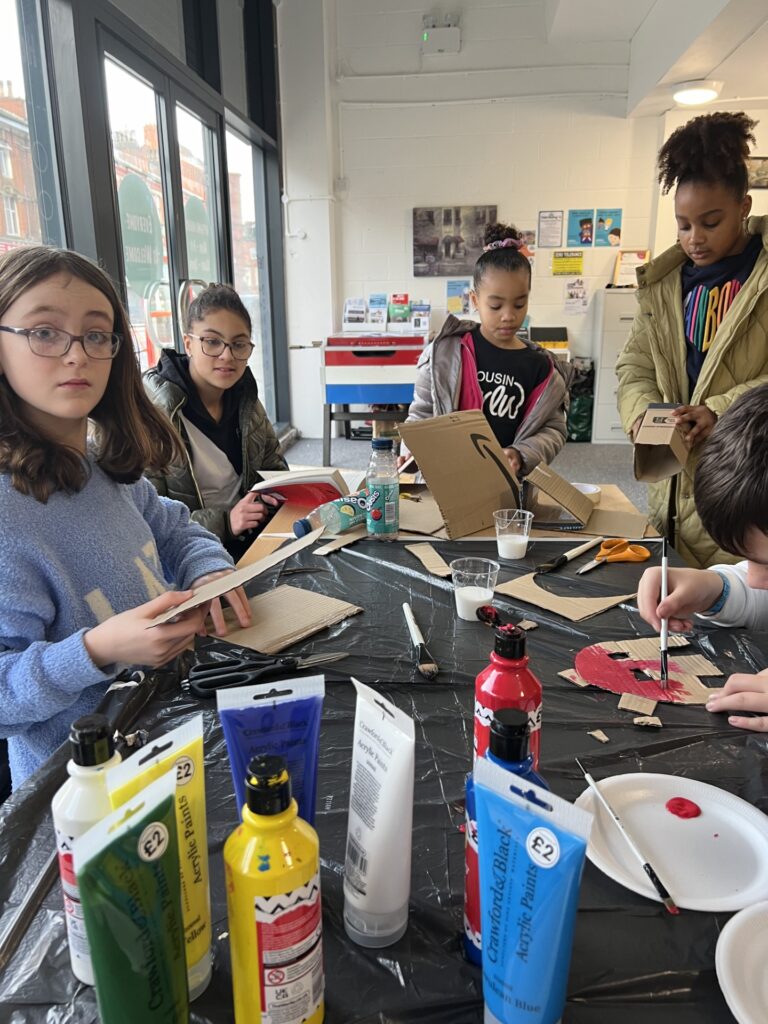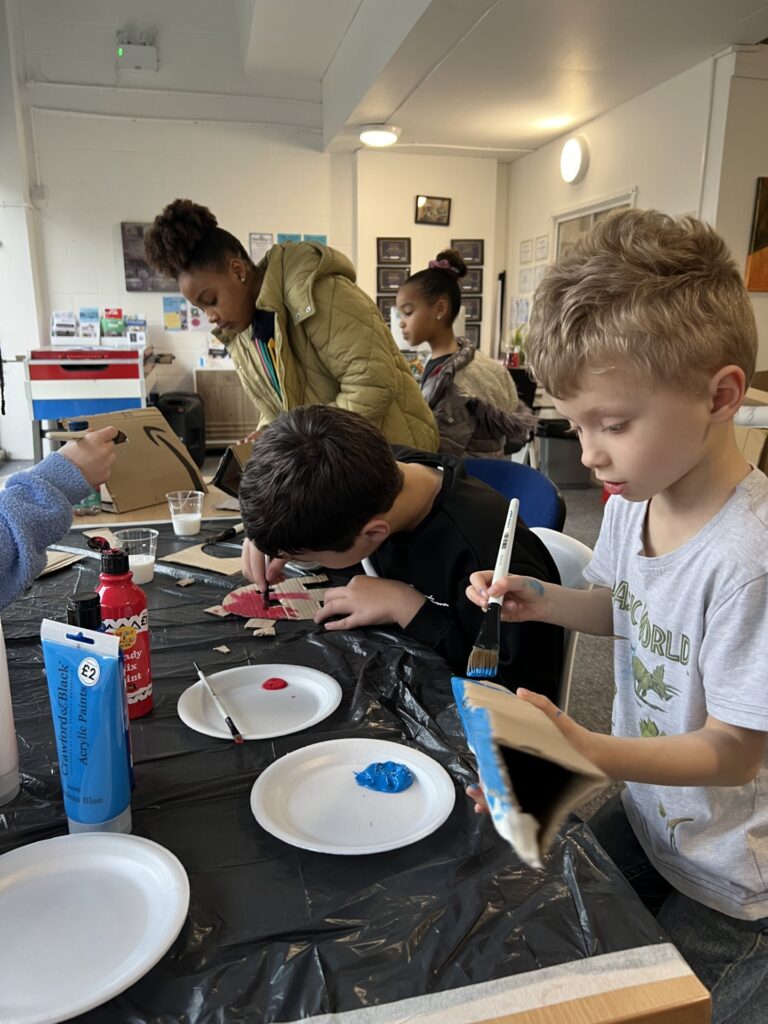![]()
![]() Wow! What an incredible time our Climate Change Art Club was!
Wow! What an incredible time our Climate Change Art Club was! ![]()
![]() Our young artists truly shone as they embraced creativity, learning, and teamwork!
Our young artists truly shone as they embraced creativity, learning, and teamwork! ![]()
![]()
![]() From vibrant solo masterpieces to a giant collaborative work of art, every piece reflected the passion and dedication of our young people!
From vibrant solo masterpieces to a giant collaborative work of art, every piece reflected the passion and dedication of our young people! ![]()
![]()

![]() Seeing the smiles on their faces and witnessing their enthusiasm for protecting our planet was truly inspiring!
Seeing the smiles on their faces and witnessing their enthusiasm for protecting our planet was truly inspiring! ![]()
![]() Together, we learned, laughed, and created a brighter future through art!
Together, we learned, laughed, and created a brighter future through art! ![]()
A huge thank you to all the children who joined us and to our amazing team for making it such a success! ![]() Let’s continue to spread awareness and make a difference, one brushstroke at a time!
Let’s continue to spread awareness and make a difference, one brushstroke at a time! ![]()
![]() #ClimateArtists#InspiringChange#ArtForACause
#ClimateArtists#InspiringChange#ArtForACause![]()





























